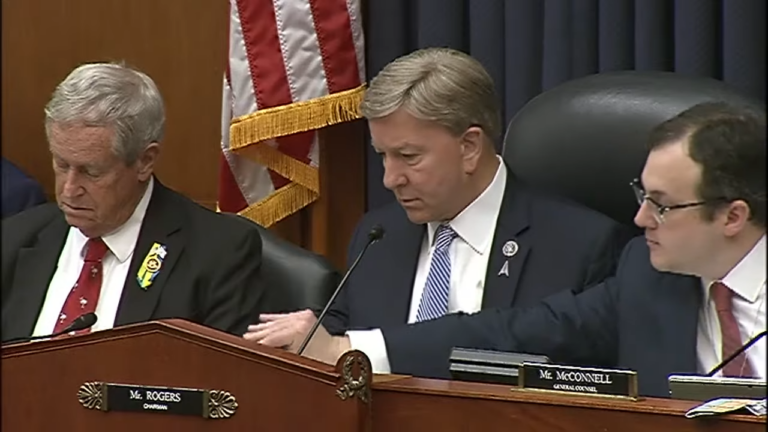The Air Force will integrate new federal standards for “forever chemicals” into its future cleanup projects, potentially increasing water testing for on- and off-base residents with contaminated supplies.
The Environmental Protection Agency (EPA) established new drinking water standards in April, limiting exposure to perfluoroalkyl and polyfluoroalkyl substances (PFAS), which do not degrade in the environment and accumulate in the body, posing health risks like cancer and high cholesterol.
These EPA guidelines will shape the Air Force’s cleanup protocols for bases and nearby water supplies contaminated by PFAS, particularly from the military’s use of aqueous film-forming foam (AFFF) for firefighting.

Since 2015, PFAS contamination has been found at 191 out of 204 Air Force installations inspected, raising concerns for nearby communities.
Military leaders responded to residents’ health and environmental concerns by pledging closer cooperation going forward. In their announcement, the Air Force assured increased testing of wells outside base limits to monitor levels of perfluoroalkyl and poly-fluoroalkyl substances, known as PFAS.
If sampling found concentrations exceeding the thresholds set by the EPA, the military committed to working directly with homeowners on long-term solutions like tying their water sources into the municipal system or installing filters in individual homes.
Such collaborative actions, they hoped, would reassure the community that ongoing quarterly checks would keep toxins below safe levels while addressing residents’ very real needs and fears for the well-being of their families.
Under the 2020 National Defense Authorization Act, the military must cease using PFAS-containing firefighting foam by October 2024, though extensions are possible.
Beyond firefighting foam, the Air Force is evaluating other PFAS sources at various installations to prioritize cleanup at high-risk locations, in collaboration with the Department of Defense, regulatory agencies, and affected communities.








